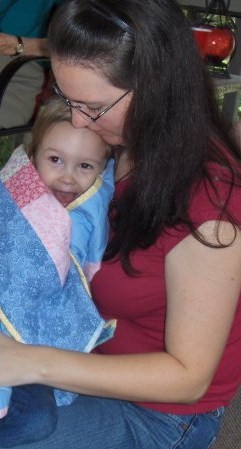
Everybody has heard the adage “When we know better, we do better,” and everybody also knows it’s not always true. We as parents are not perfect. While we know and understand that corporal punishment is wrong, even parents who subscribe to this belief slip into this behaviour sometimes. In life we all make decisions to do something that we know isn’t the right one. We eat the chocolate cake we know is detrimental to our diet goals, we drink the soda pop with aspartame although we know the chemical content isn’t healthy to our bodies, we know better but we don’t always do better. And we console ourselves that we’re being moderate and that it’s alright to occasionally indulge ourselves in our impulses.
Somehow though, we expect our children to have a higher level of impulse control than we as adults have. Children, like adults, have a full range of impulse control development. Some children are born sensible, with sober second thought a part of their nature. Other children fall on the other end of that spectrum where thought and action are almost simultaneous! Most children fall somewhere along the spectrum and have occasional bounces to the other end. I was shocked when my normally extremely sensible 6 year old cut her three year old sister’s bangs. I was even more surprised when my normally highly impulsive 3 year old stopped suddenly at the edge of the sidewalk before I had the opportunity to stop her and looked three times up and down the road to see if there was traffic and then looked back at me to ask if it was safe!
What is normal behaviour? How do we curb impulsiveness that is destructive, dangerous or out of control? What do we as parents do to protect our property and others from our children’s normal impulses? What do you do if your child does something that is extreme when you know they should know better?
Continue reading “Impulse Control; How to Gently Encourage Your Child to Develop It!”



